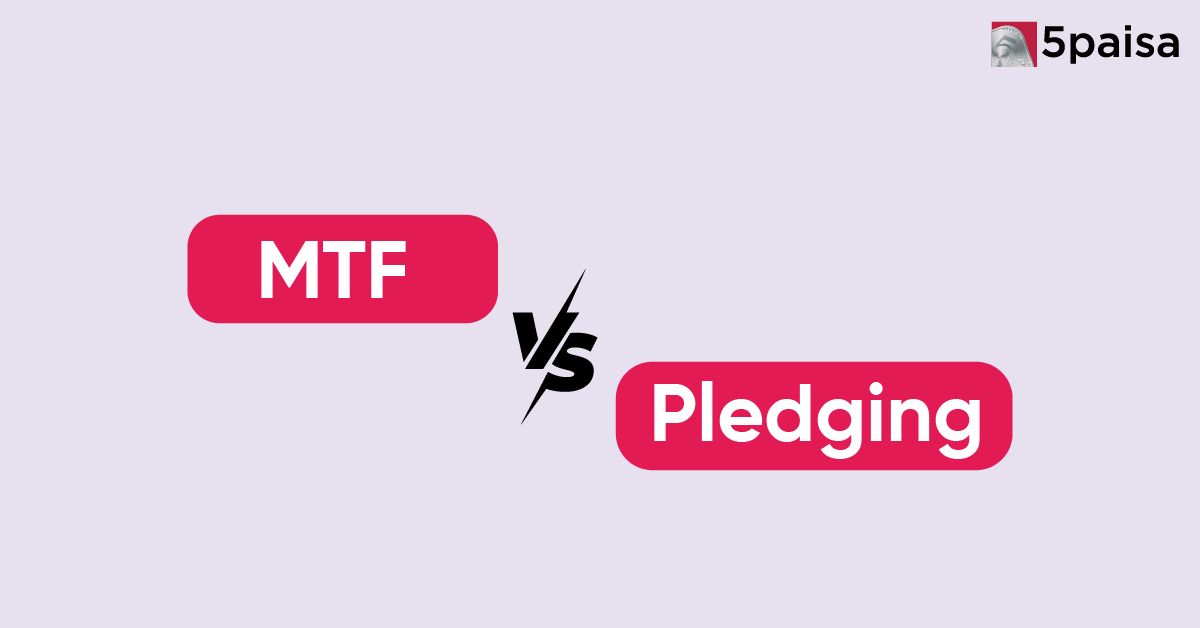MTF vs Pledging: Which Strategy Gives You More Power in the Market?
Standalone vs Consolidated Financial Statements

Financial statements are an essential tool for evaluating a company's performance and financial health. In India, there are two types of financial statements: standalone and consolidated financial statements. Both serve different purposes and provide different information to stakeholders.
What is a consolidated financial statement?
A group of companies' financial position and performance can be shown through consolidated financial statements. These statements merge the financial data of a parent company and its subsidiaries and are mainly used by investors, analysts, and creditors to evaluate the financial well-being of the group.
Example: Company A owning 80% of Company B prepares a consolidated financial statement that reflects the performance of both entities as one. In this statement, Company A's financial data is fully included, while only 80% of Company B's financial information is considered. By presenting a combined view of revenue, expenses, assets, liabilities, and other financial information, the consolidated financial statement gives a comprehensive and accurate picture of the group's financial health.
What is a standalone financial statement?
Standalone financial statements provide a detailed account of an individual company's financial position and performance, showcasing its assets, liabilities, income, and expenses. Such statements are commonly used by investors, analysts, and creditors to assess the financial well-being of an individual company.
Example: In the case of a small, privately-owned enterprise like company C, which operates independently without any subsidiaries, the standalone financial statement plays a crucial role. It exhibits Company C's financial performance for the year, including its revenue, expenses, assets, liabilities, and other financial information, aiding in making informed decisions about the company's future. As there are no other companies involved, the standalone financial statement only includes information specific to Company C, making it easier to analyse its performance in isolation.
Understanding Subsidiaries and associate companies:
A subsidiary is a legally separate entity owned and controlled by a parent company, which usually holds the majority of its shares. Subsidiaries are often created to expand a business's reach or establish a specialized unit. They have their management, board of directors, and financial statements, but the parent company retains significant control over their operations by appointing the board of directors and having veto power over major decisions.
In contrast, an associate company is one where the parent company owns between 20% and 50% of the shares. These are usually formed as strategic partnerships, joint ventures, or minority investments and provide some independence to the parent company while allowing collaboration. However, the level of control is limited due to the parent company's non-controlling stake.
The key differences between standalone and consolidated financial statements:
1. Scope of Analysis:
Standalone financial statements pertain solely to the financial performance and position of a particular entity and exclude any financial data of its subsidiaries or other entities it may possess. As a result, these statements offer a limited perspective on the financial well-being of a company and are only useful in evaluating the performance of the specific entity. On the contrary, consolidated financial statements present the financial performance and position of the parent company and all its subsidiaries, enabling a more comprehensive assessment of the entire group's financial health. Companies with subsidiaries or controlling interests in other companies prepare consolidated financial statements, which are valuable in analyzing the performance of the group as a whole.
2. P/E Ratio:
The price-to-earnings (P/E) ratio is a commonly used valuation metric that compares a company's stock price to its earnings per share (EPS). The P/E ratio is calculated by dividing a company's stock price by its EPS.
When comparing the P/E ratio of companies that have standalone financial statements, investors and analysts typically only use the EPS of the standalone entity to calculate the P/E ratio. This is because standalone financial statements only reflect the financial performance of a single entity, and therefore only the earnings of that entity should be used to calculate the P/E ratio.
In contrast, when comparing the P/E ratio of companies that have consolidated financial statements, investors and analysts use the EPS of the entire group of companies to calculate the P/E ratio. This is because consolidated financial statements include the financial information of all the subsidiaries and the parent company, and therefore the earnings of the entire group should be used to calculate the P/E ratio.
Conclusion
Both standalone and consolidated financial statements serve different purposes and provide different information to stakeholders. Standalone financial statements provide information about an individual company, while consolidated financial statements provide information about a group of companies.
- Flat ₹20 Brokerage
- Next-gen Trading
- Advanced Charting
- Actionable Ideas
Trending on 5paisa
Indian Stock Market Related Articles
Disclaimer: Investment in securities market are subject to market risks, read all the related documents carefully before investing. For detailed disclaimer please Click here.

 5paisa Capital Ltd
5paisa Capital Ltd




